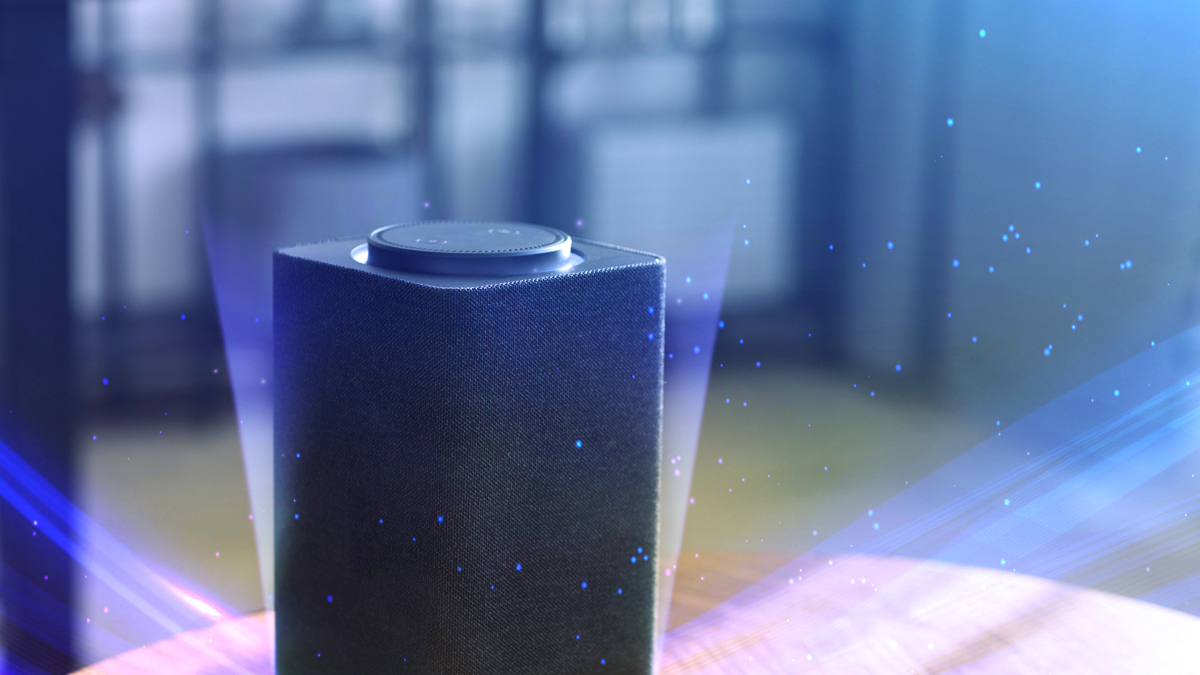What is Spatial Audio?
Spatial audio refers to a method of creating and reproducing sound that mimics how we experience it in the real world. Instead of hearing audio as coming from just left or right channels (as in traditional stereo), spatial audio places individual sound elements in a three-dimensional space around the listener. This gives the illusion that sounds are coming from above, below, or behind you, immersing you in a lifelike sonic environment. In the music industry, spatial audio transforms listening from a flat, two-dimensional experience into a fully enveloping one, allowing artists to position instruments, vocals, and effects anywhere around the listener’s head or body.
| Table of Contents | |
|---|---|
| I. | What is Spatial Audio? |
| II. | How Spatial Audio Works? |
| III. | What are the Spatial Audio Formats? |
| IV. | Spatial Audio Key Applications in Music |
| V. | Essential Hardware for Spatial Audio Creation |
| VI. | Software and DAWs That Support Spatial Audio |
| VII. | Recording Techniques for Capturing Immersive Soundscapes |
How Spatial Audio Works
At its core, spatial audio relies on two main approaches: object-based audio and ambisonics.
Object-Based Audio: It treats each sound as a separate object with its own coordinates in 3D space. During playback, a renderer calculates where each object should appear relative to the listener’s position and the speaker or headphone setup.
Ambisonics: It captures a full spherical soundfield using specialized microphone arrays (often tetrahedral). This format records how sound arrives from every direction, and during playback an ambisonic decoder adapts that field to the listener’s speaker configuration or binaural rendering for headphones.
Both methods use head-related transfer functions (HRTFs) models of how our ears perceive direction to ensure sounds appear from accurate angles, creating a convincing three-dimensional illusion.
What Are Spatial Audio Formats?
Several industry-standard formats enable the creation and delivery of spatial audio:
Dolby Atmos: Widely used in streaming and cinema, it supports up to hundreds of audio objects plus channel-based beds (e.g., 7.1.4 speaker setups).
Ambisonics (First- and Higher-Order): An open standard favored by VR and AR applications; higher orders allow finer resolution of the soundfield.
MPEG-H 3D Audio: A codec that combines channel-based and object-based audio, adopted in broadcast and streaming.
Sony 360 Reality Audio: An object-based format optimized for headphones, positioning up to 128 individual audio objects.
DTS:X: It is compatible with many home theater receivers and some music releases.
Each format has its own workflow requirements, but all aim to place sound objects precisely in three dimensions.
Spatial Audio Key Applications in Music
Spatial audio has opened new creative and commercial pathways in the music industry:
- Immersive Album Releases: Artists like The Weeknd and Billie Eilish have released albums mixed in Dolby Atmos, offering fans more dynamic, enveloping mixes.
- Virtual Concerts and VR Experiences: In live-streamed or VR performances, spatial audio helps recreate the feeling of being in a concert hall or festival venue.
- 360° Music Videos: Paired with spherical video, spatial audio strengthens the sensation of being inside the music video environment.
- Headphone-Focused Listening: Services like Apple Music and Amazon Music now deliver spatial audio overdubs that work over ordinary headphones, letting listeners enjoy a 3D mix without specialized speaker setups.
- Interactive Installations: Museums and gallery exhibits leverage spatial audio to guide visitors’ attention, layering musical elements around them as they move through a space.
Essential Hardware for Spatial Audio Creation
Creating authentic spatial audio requires both capture and monitoring tools:
Ambisonic Microphones (e.g., Sennheiser AMBEO VR Mic, Rode NT-SF1): Capture full 360° soundfields in a compact array.
Multi-Channel Audio Interfaces: Interfaces with enough outputs to feed 5.1, 7.1 or higher speaker layouts (e.g., RME Fireface UFX+, MOTU 16A).
Loudspeaker Arrays: Configurations like 7.1.4 or 9.1.6, with ceiling and floor speakers, to reproduce height and depth cues.
Headphones with Accurate Imaging: While any headphones can play spatial mixes via binaural rendering, models with wide frequency response and flat sound (e.g., Beyerdynamic DT-1990, Sennheiser HD 800 S) are preferred.
Monitoring Controller: A spatial audio monitoring unit (e.g., Genelec GLM with Dolby Atmos Renderer) for switching and calibrating multiple speaker setups.
Software and DAWs That Support Spatial Audio
Leading audio workstations and tools now include built-in or plugin-enabled spatial audio capabilities:
Logic Pro: Native Dolby Atmos rendering and monitoring, plus ambisonic decoding via third-party plugins.
Pro Tools: Avid’s 360° Audio™ tools bundle for Atmos and ambisonics mixing.
Steinberg Nuendo: Industry favorite for game audio and film, with comprehensive Ambisonics and Atmos support.
Reaper: Affordable, flexible routing and a vibrant plugin ecosystem (e.g., AmbiX, dearVR).
Ableton Live: Spatial audio via Max for Live devices and external plugins like Facebook 360 Spatial Workstation.
Dedicated Renderers: Dolby Atmos Production Suite, Nugen Halo Upmix, Waves Nx.
These platforms let producers position sounds in three dimensions, automate movement paths, and switch between stereo, surround, and immersive outputs.
Recording Techniques for Capturing Immersive Soundscapes
To capture spatial soundscapes that feel natural and enveloping, engineers employ:
Ambisonic Recording: Using first-order or higher-order ambisonic mics at the center of an ensemble to record the full soundfield.
Spot and Room Microphone Blends: Combining close mics on individual instruments with ambisonic or multi-mic array captures of room ambience for both clarity and atmosphere.
Object Recording: Recording key elements (lead vocals, solo instruments) on dedicated channels so they can be placed precisely in the mix.
Binaural Dummy Head: Recording with a mannequin head (e.g., Neumann KU 100) to capture realistic HRTF cues for headphone listening.
Post-Production Panning: Using DAW automation to move sound objects along custom trajectories, crafting an active, evolving spatial experience.

